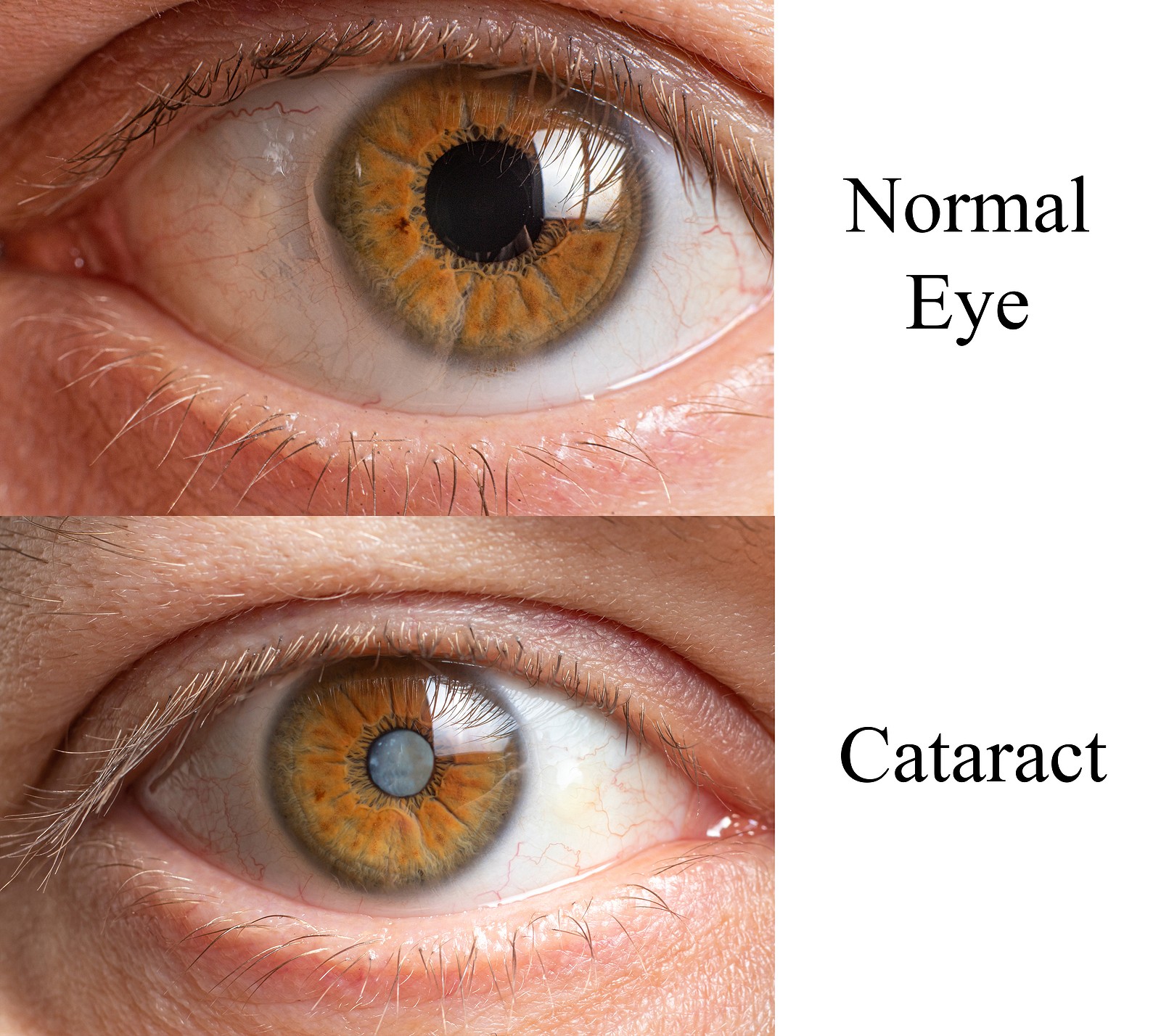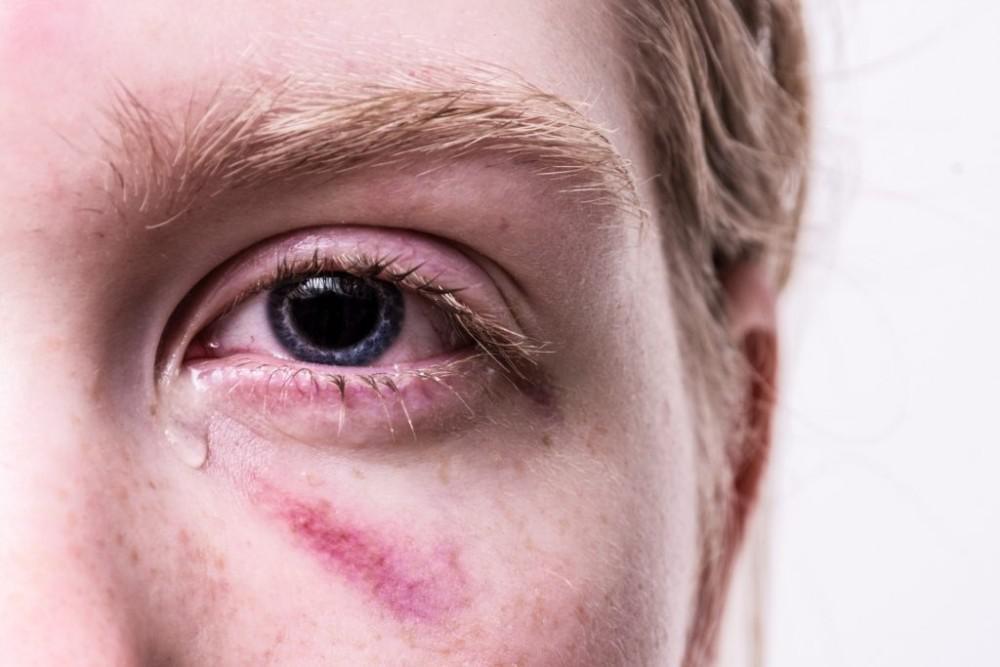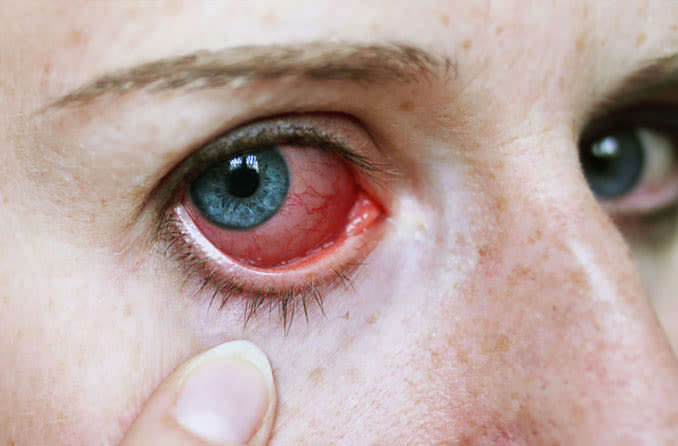Shree Ramakrishna Netralaya (Vashi)
Shah Signature, Above Starbucks, Sector 17,
Vashi, Navi Mumbai - 400705
+91 98198 60879 | [email protected]
Appointment Times
Monday - Saturday :
11:00 am to 07:00 pm
Dr. Vijay Shetty Eye Specialist
Shah Signature, Above Starbucks, Sector 17,
Vashi, Navi Mumbai - 400705
+91 98198 60879 | [email protected]
Monday - Saturday :
11:00 am to 07:00 pm

Shah Signature, Above Starbucks, Sector 17,
Vashi, Navi Mumbai - 400705 +91 98198 60879 | [email protected]
Monday - Saturday :
11:00 am to 07:00 pm

Normal eye has a crystalline lens made up of protein which is transparent like a glass. It is made up of proteins. Crystalline lens together with cornea helps in focusing the light on the retina. Cataract is loss of transparency of the crystalline lens. Depending on the degree of opacification it is classified into variety of grades of cataract. It starts with immature cataract to mature cataract. Depending on its appearance and area involved, it is classified into various types of cataract
Crystalline lens is an optical element in the eye. It is transparent, biconvex in shape and has the ability to change its shape. The primary function of normal crystalline lens is to focus the rays of light on to the retina. This is achieved by dynamic plus power of crystalline lens along with constant plus power provided by cornea. Lens contributes to 1/3rd of total focusing dioptric power of the eye. In addition, ability of the natural lens to change its shape in younger people allows to focus objects at various distance.
Monofocal IOL has a simple optic with almost a single power along the entire surface of IOL. Aspheric design monofocal IOL reduces the higher order aberration induced by the the peripheral part of the lens and also corrects spherical aberration induced by the cornea. This helps in achieving better quality of vision due to improved contrast sensitivity.
Toric IOL incorporates cylindrical power in addition to spherical power to correct astigmatism induced by the corneal curvature. Toric monofocal IOLs are used to correct cylindrical power induced by the cornea and hence improve distance vision without glasses after surgery. The need for toric IOL is decided only after taking corneal measurement.
Multifocal lens have different powers for distance and near. These lenses have diffractive gratings in the form of rings on the IOL optic. Older multifocal lenses had 2 powers one for distance other for near.
Trifocal lenses have 3 powers, one for distance and second one for near for reading and third for intermediate distance for computer working distance. These diffractive gratings on the IOL split certain proportion of light for distance, intermediate and near .This enables the person to work on distance, intermediate and near without needing to wear glasses. The presence of rings on the lens can produce haloes and glare while looking at the light source. This can bother people who have to driving at night time and have to face headlights while driving at night time. Multifocal and trifocal lens also comes in toric form to correct astigmatism ( cylindrical power). Physiol ( Fine Vision, Belgium) and Panoptix ( Alcon, USA), are popular trifocal IOL
Most common cause for cataract is advancing age. Diabetes, certain eye diseases like uveits, injury to the eye and intake of steroids for treatment of other disease can also cataract at an earlier age. Rarely cataract can present at birth.
Simple slit lamp biomicroscope examination done by an eye specialist can confirm the presence of cataract. Application of dilating drops before examination aids in diagnosis earliest stages of cataract. Dilating drops also helps in diagnosing other ailments of the eye including disorders of retina, optic nerve including glaucoma.
EDOF Is an acronym for Enhanced Depth Of Field. These IOLs usually don’t have diffractive rings on its optic. Hence the risk of having haloes and glare are much lesser compared to multifocal or trifocal IOLs. These lens provide good distance and intermediate but only fair near vision. Person implanted with EDOF lens will be able to work on intermediate distance without glasses but still may need glasses for reading small print at near distance.
One of the simplest optical form of EDOF lens is segmental bifocal lens in which upper part of the lens is meant for distance and lower portion of the lens had additional +1.5D power for intermediate distance. Lentis Comfort lens ( Swissmed, Singapore) works on this principle.
Second type of EDOF lens works on the principle of different zones of positive and negative spherical aberration. This allows good distance and intermediate vision by improving the depth of focus. Miniwell ( SIFI, Italy) works on this principle.
Third type of EDOF IOL works on the principle of elongation of wave front. 2 zones in the centre of the optic is modified to achieve this. This principle is used in Alcon Vivity IOLs ( alcon, USA).
Hybrid EDOF and trifocal IOLs provides continuous range of vision from distance to near uses diffractive rings on the optics similar to multifocal IOLs. Synergy( Johnson and Johnson, USA) combines diffractive multifocal and diffractive EDOF technology.
Age related cataract is usually due to change in the protein structure in the crystalline lens due to oxidative damage which is hastened by the ultraviolet light exposure over years. Age related cataract is not preventable. However diabetes related cataract can be prevented or delayed by keeping the blood sugar under control. Most of the cataract is irreversible due to permanent change in the quaternary structure of the protein in crystalline lens.

Diabetes related cataract can be prevented or delayed by keeping the blood sugar under control.

Experts say more than 90 percent of eye injuries can be prevented by simply taking a few precautions and wearing safety glasses.

Uveitis in otherwise healthy people is difficult to prevent since the cause isn't known. Early detection and treatment are important to reduce the risk of vision loss, which can be permanent.
No studies have proved how to prevent cataracts or slow the progression of cataracts. But doctors think several strategies may be helpful, including:
Choose a healthy diet that includes plenty of fruits and vegetables. Adding a variety of colorful fruits and vegetables to your diet ensures that you’re getting many vitamins and nutrients. Fruits and vegetables have many antioxidants, which help maintain the health of your eyes.
Studies haven’t proved that antioxidants in pill form can prevent cataracts. But a large population study recently showed that a healthy diet rich in vitamins and minerals was associated with a reduced risk of developing cataracts. Fruits and vegetables have many proven health benefits and are a safe way to increase the amount of minerals and vitamins in your diet.